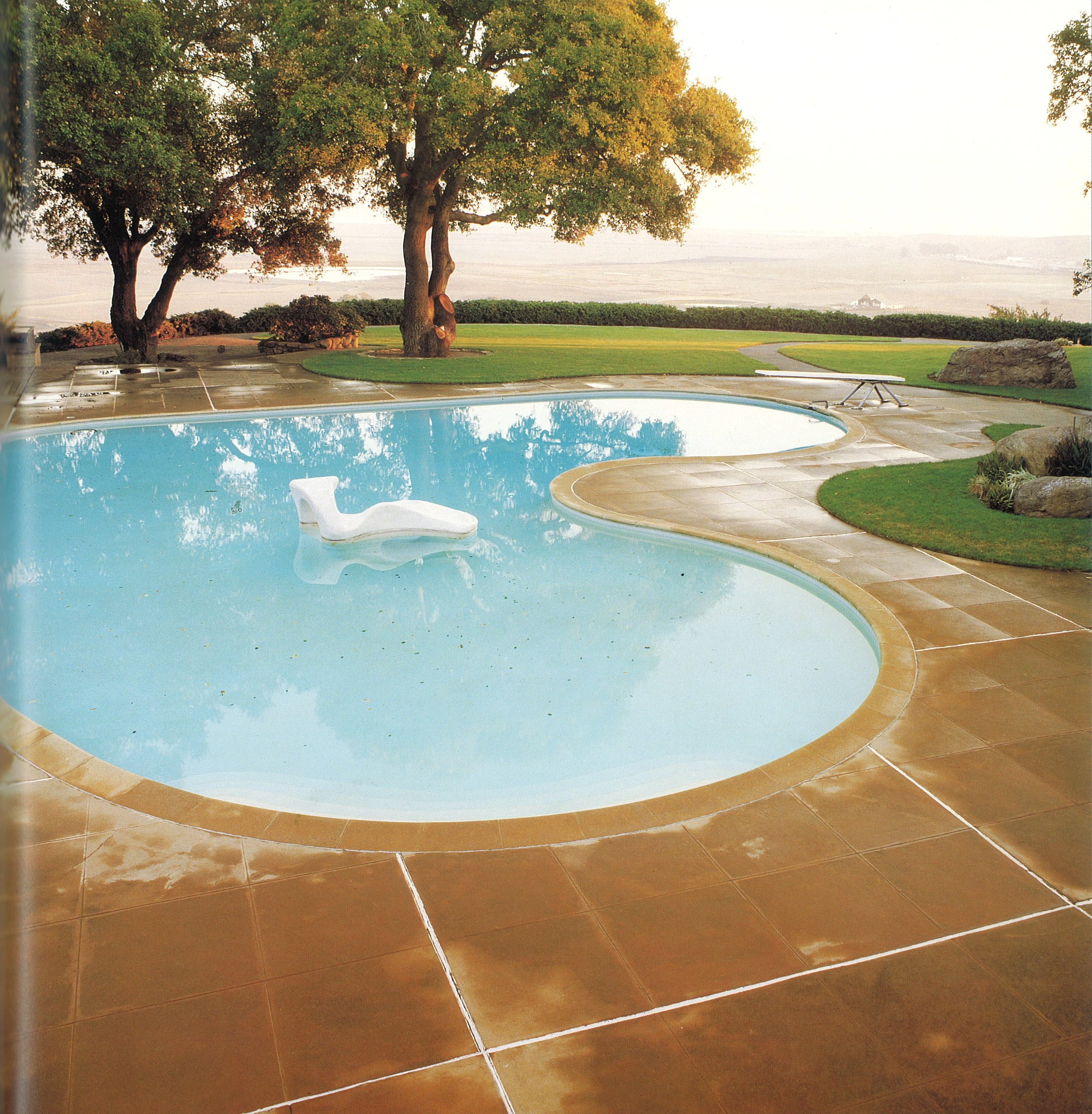With FORWARD design:architecture, we have had the privilege of working on the redesign of a William Wurster ranch from the 1950's. Chris and his crew have cleverly expanded the footprint of the original home and meticulously obsessed over every interior detail. The renovation is a resounding success and is a delicate interpretation of what it takes to modernize a mid-century modern residence.
You can flip through magazine pages, thumb design books, and scroll through an endless sea of online images to see amazing examples of mid-century modern buildings, furniture, and objects. This style has re-emerged to be wildly popular for the last 10 to 15 years, with bloggers, retro re-sellers, designers, movies, marketers, TV dramas, and stay-at-home moms all tapping into the design stylings and sensibilities of the era. It's easy for furniture aficionados or architecture critics to identify a George Nelson desk or Richard Neutra house. Is it as easy to differentiate types of modern landscapes?
what about the landscape?
It's tempting to consider modern landscape architecture as a popular design style that has exploded within the last couple of decades. But, modern design for the landscape actually pre-dated the "mid-century modern" classification of the '40-'60s. Well-known landscape architects like Garrett Eckbo, Dan Kiley, and James Rose rebelled against the neo-classical design, conventions and theories of the time (20'-30s). They were influenced by modernist architectural ideals of simplicity, function, scale, and unity. Modern landscape architecture gained prominence from these early landscape architects and others that collaborated and followed, like Tommy Church, Lawrence Halprin, and others.
Most of the post-war housing boom hatched a host of ranch and split-level homes, tract communities built by builders and developers eager to meet the suburban demand. Aside from the landscapes designed by notable landscape architects, like those mentioned above, many post-war homes didn't have a thoughtfully-designed landscape. It was common to find street trees, a foundation hedge, and a slab of concrete in the back for a patio. Obviously there were exceptions, but builders seemingly "decorated" houses instead of creating outdoor spaces and experiences.
a "this-century modern" landscape
As with most projects we work on here at PLAID collaborative, we research precedents, grapple with historical context, and study the architecture style of the buildings that often populate sites. The Wurster renovation was an opportunity to study previous mid-century landscapes and the work of influential designers in order to shape our understanding of what this landscape could be, and become. We established lines in the landscape with horizontal walls, steps, and long strips of plants. We raised the level of the back yard to create a flatter, usable terrace. We created entry and gathering areas with simple planes of bluestone and ipe. We controlled views with the strategic placement of fences and evergreen screens. We enhanced the night experience with an understated fire pit and accent lighting throughout.
We don't know if there is a clear definition of a "mid-century modern landscape" as there is with modern homes from this time period. What we do know, though, is that we created a modern landscape suitable for a modern, iconic architectural style. Although we were influenced by history and all of the titans of design before us, we think we created a "this-century modern landscape" with influences from mid-century masterpieces. We'd like to think our design is probably best appreciated while sitting in an Eames rocker, listening to Miles Davis with an Old Fashioned in hand.
Cheers.



























